The Northern Province of Sri Lanka is a realm where history, culture, and nature intertwine in a powerful display of resilience and beauty. Amidst its lush landscapes and golden shores lies a region that has weathered storms and risen stronger, with its heart and soul forever tied to its people and their traditions.
Begin your journey in Jaffna, a city where ancient temples and vibrant markets tell stories of an enduring culture. The sacred Nallur Kandaswamy Kovil stands as a testament to the rich Tamil heritage that thrives here, its vibrant festivals drawing both locals and visitors into a world of devotion and celebration.
As you venture further, explore the pristine beaches of the peninsula, where the azure waters meet the quiet shores of forgotten villages. For nature lovers, the serene beauty of the Delft Island awaits, with its wild horses roaming freely amidst the rugged terrain, and the ancient ruins of a bygone era waiting to be discovered.
The Northern Province is a place where the echoes of history blend seamlessly with modern life, creating a land that offers both peace and adventure. It’s a journey into the heart of Sri Lanka’s resilience, beauty, and untold stories.
… Read moreColombo
GMT +5 1/2 hours
Srilanka rupees

Colombo 10 1/2 hours
Sinhalese, Tamil and English are also widely spoken,
Jaffna Fort: A Fortress of Resilience
Jaffna Fort, standing proudly at the edge of the northern city, is a symbol of centuries of conflict and resistance. Built by the Portuguese in the 17th century and later fortified by the Dutch, this massive structure is a testament to the turbulent history of Sri Lanka’s northern region. The fort's imposing walls and towering gateways whisper tales of colonial power, military strategies, and the indomitable spirit of the Jaffna people. Today, as you walk through its stone corridors, you can feel the pulse of the past the echoes of battles fought and victories won.
Jaffna Fort was originally constructed by the Portuguese, and its strategic position was later strengthened by the Dutch. It served as a military stronghold and a center of colonial control for centuries. The fort witnessed numerous battles, especially during the conflicts between the Portuguese, Dutch, and the native Tamil rulers. It played a critical role in the history of the region, particularly during Sri Lanka’s struggle for independence.
The fort’s architecture showcases a blend of European military design, with thick stone walls, bastions, and a series of gates. The Dutch influence is evident in its well-planned layout, including the large moat surrounding the fort. Some buildings within the fort, such as the old prison, still stand as a reminder of its colonial past.

Nallur Kandaswamy Kovil: A Sacred Sanctuary of Splendor
The Nallur Kandaswamy Kovil is an architectural marvel that stands as a testament to the devotion and cultural vibrancy of the Tamil community in the Northern Province. This vibrant Hindu temple, with its ornate gopuram (gateway tower) and intricate carvings, has been a center of spiritual worship for over 1,000 years. The temple’s sacred presence has transcended generations, with its annual festival drawing thousands of devotees and visitors from around the world. The Nallur Kandaswamy Kovil’s beauty and devotion remind us of the enduring bond between faith, culture, and history.
The Nallur Kandaswamy Kovil was originally built in the 15th century and has been a prominent religious center for the Tamil community in Sri Lanka. Over the centuries, it has undergone multiple reconstructions, each time preserving its cultural essence. The temple is dedicated to Lord Murugan, a popular Tamil deity, and has been a significant site for religious, social, and political gatherings in the region.
The Kovil is a stunning example of Dravidian architecture, with its towering gopuram adorned with intricately carved sculptures of deities and mythological figures. The temple’s interior is equally magnificent, featuring colorful murals, intricately carved wooden pillars, and a beautiful sanctum where the deity is enshrined. The temple’s design reflects the rich cultural traditions of the Tamil people.

Mannar Fort: A Silent Witness to Time
Mannar Fort, a relic of the Portuguese and Dutch eras, sits on the edge of Mannar Island, where the Indian Ocean meets the bay. This fort, now crumbling and overgrown, was once a key military stronghold used to protect trade routes between Sri Lanka and India. Its walls, weathered by time, tell stories of colonial dominance, the island’s strategic importance, and the resilience of local communities. The fort’s location, surrounded by vast landscapes and serene coastal views, offers a poignant reflection on history’s passage, reminding us how time erodes even the strongest of fortresses.
Mannar Fort was originally built by the Portuguese in the 16th century and later strengthened by the Dutch. It played a crucial role in controlling the maritime trade routes between Sri Lanka and India. During the colonial era, the fort acted as a strategic military outpost. Despite its dilapidated condition today, the fort remains a significant symbol of Sri Lanka’s colonial past and military history.
The architecture of Mannar Fort showcases typical Portuguese fort design, with thick stone walls, bastions, and a simple rectangular structure. Although much of the fort has crumbled, the remains of its walls and gateways still stand, a silent testament to its historical importance. The fort’s strategic location offers breathtaking views of the surrounding coastal landscape.

Keerimalai Springs: A Healing Sanctuary of the Past
Keerimalai, an ancient pilgrimage site located near the northern coast, is famous for its sacred freshwater springs, believed to have therapeutic properties. The Hindu temple perched above the springs adds to the mystique of the place, drawing devotees seeking spiritual solace and healing. The architectural simplicity of the temple, with its cool stone steps leading to the healing waters, reflects the ancient wisdom of the region. Keerimalai has long been a sanctuary for those in search of physical and spiritual renewal, its waters holding stories of generations who sought peace here.
Keerimalai has been an important pilgrimage site for Hindus for centuries. The freshwater springs are believed to have healing properties, and people from across the region have visited for both spiritual purification and physical rejuvenation. The temple has been a center of worship for generations and continues to hold deep cultural and religious significance to the people of the Northern Province.
The Keerimalai Temple’s architecture is simple yet powerful, with stone steps leading down to the sacred springs. The temple itself is adorned with traditional Tamil architectural features, such as intricately carved pillars and a small gopuram. The temple’s serene setting, overlooking the ocean, offers a tranquil atmosphere for worshippers and visitors alike.

Elephant Pass: A Historic Gateway
Elephant Pass, located at the narrow strip of land connecting the Jaffna Peninsula to the mainland, is one of Sri Lanka’s most strategic and storied locations. Historically, it has been a key military point and trade route, with ruins of old fortifications still visible along the area. During the civil conflict, Elephant Pass became a site of fierce battles, and its significance as a military outpost is etched in the memories of both local and national history. The area’s rugged terrain and remnants of old structures tell a story of resilience, struggle, and survival, making it a poignant landmark of the Northern Province.
Elephant Pass has always been a crucial military and strategic point throughout Sri Lanka’s history. In ancient times, it was a vital trade route, and its narrow geography made it an ideal location for fortifications. During the Sri Lankan Civil War, Elephant Pass witnessed some of the most intense battles due to its critical position between the north and south of the island. It remains an important symbol of the region’s resilience.
Though much of the original fortifications have been eroded over time, remnants of walls and military structures still stand at Elephant Pass. The site includes ruins of old buildings and fortifications, which speak to the region’s military history. The rugged terrain and surrounding natural beauty add to the historical significance of the location, making it a powerful reflection of the past.

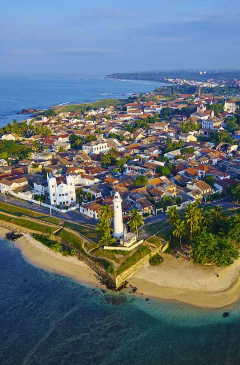
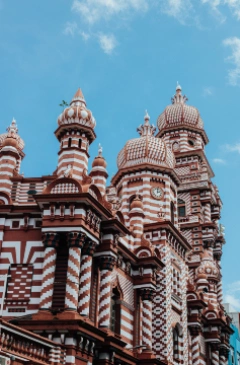
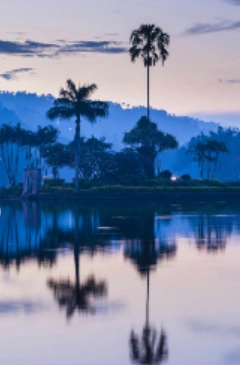
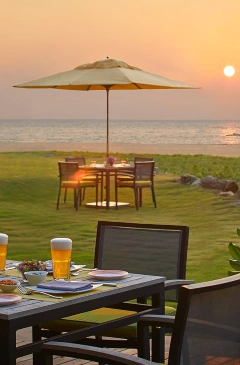
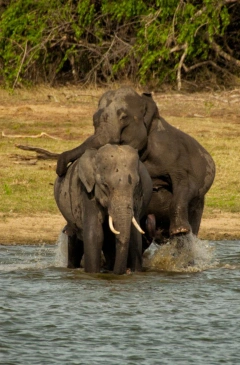


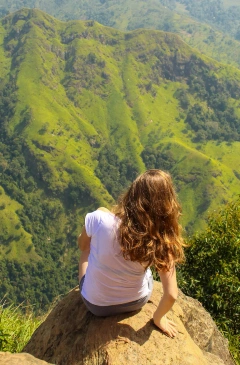
SriLankan.com uses cookies and 3rd-party services to offer you a better, more personalized, browsing experience with advanced accessibility enhancements. By continuing to browse SriLankan.com you agree to SriLankan Airlines Terms of Use, Cookie Policy Privacy Policy.